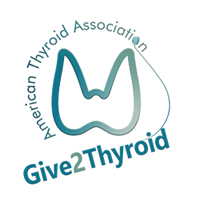BACKGROUND
Thyroid cancer is common and is more common in older patients. Indeed thyroid cancer is the fastest rising cancer in women. Despite this increase, death from thyroid cancer remains low and is unchanged. One reason for the increase in the diagnosis of thyroid cancer is the increased use of imaging studies that include the neck, as increased medical imaging of any sort will lead to an increase in the diagnosis of small, potentially harmless nodules. Up to 50% of individuals that have an imaging study of the neck will be noted to have a thyroid nodule. More imaging may result in an increase in the diagnosis of low risk thyroid cancers that may not harm patients, whereas the treatment (surgery for example) may be more harmful than the disease. This is called overdiagnosis, where increased detection of a disease does not help a population in terms of decreased harm from that disease. This study looks to see if more imaging leads to the diagnosis of more low risk thyroid cancers in patients over the age of 65.
THE FULL ARTICLE TITLE:
Haymart MR et al 2018 Thyroid ultrasound and the increase in diagnosis of low-risk thyroid cancer. J Clin Endocrinol Metab. Epub 2018 Oct 16.
SUMMARY OF THE STUDY
The authors studied two databases of Medicare patients (age over 65) and looked at the years 2002-2013. One database gave information about the number of thyroid ultrasounds performed and the other gave information about thyroid cancer detection. The authors used statistical methods to compare the rate of imaging with the discovery of new thyroid cancers.




